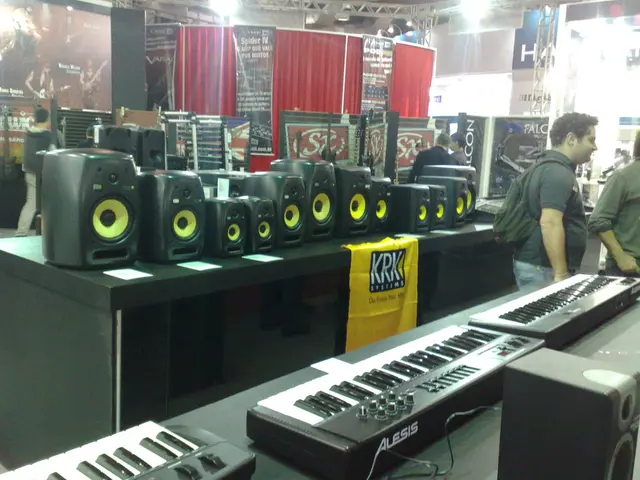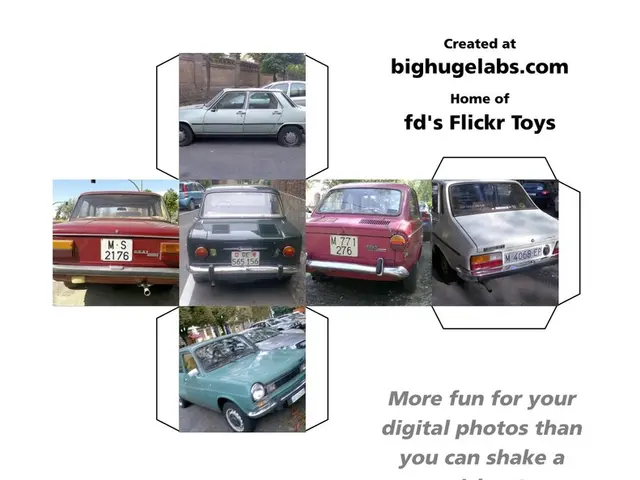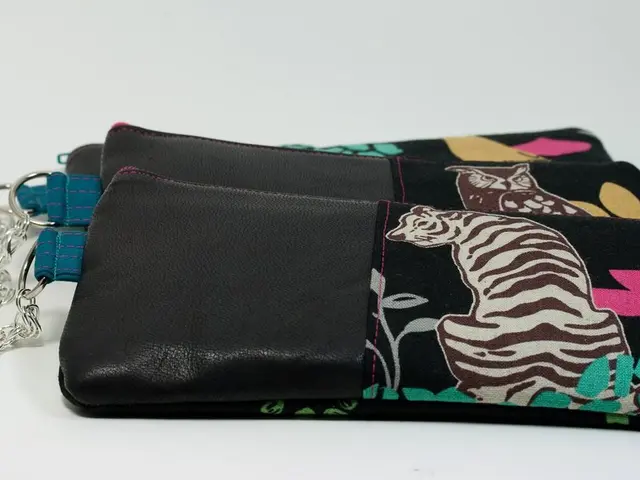Ito En's AI Idol Ad Challenges Norms, Sparks Debate
Ito En, a leading Japanese beverage company, has sparked conversation with its latest commercial. The ad features a character AI-generated model, challenging norms and raising questions about the future of idols and endorsements. The commercial, promoting 'Oi Ocha Catechin Green Tea', showcases an AI-generated character transforming from a gray-haired woman to a younger version. This innovative approach has disrupted established norms in advertising, where human influencers or celebrities typically draw consumers. The character, created by Shanghai Henian Information Technology Co., Ltd., is similar to Luo Tianyi, the first Chinese Vocaloid voice bank released in 2012. Public reactions have been diverse. While some appreciate the realism and potential advantages of AI-generated characters, others question the future of human idols, models, and spokespersons. The commercial has garnered over 700,000 views on Ito En's official YouTube channel and has been extensively shared on social media. The engagement of AI-generated virtual idols presents challenges akin to those faced by their real-life counterparts. However, some fans appreciate the visual effects and emotional performances that real people cannot achieve. According to iiMedia Research, the majority of virtual idol fans are from Generation Z, with over 70% aged between 18-23. The use of AI-generated characters in marketing and entertainment is a rapidly evolving field with potential implications for various industries. Ito En's commercial demonstrates the potential of this technology to disrupt established norms. Despite concerns, the commercial's success suggests that AI-generated idols may have a place in advertising, complementing rather than replacing human counterparts.








